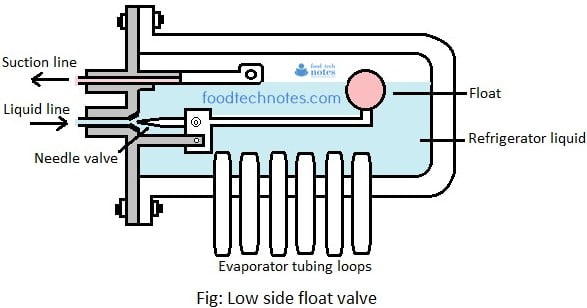FACTORY HYGIENE AND CONVEYOR BELTS
The world is undergoing a significant increase in its industrialized food processing, and this has entailed a close examination of all aspects of modern hygienic food processing. This involves more investment in machinery and while factory owners may only consider saving of time, space and money and the wish to increase output to serve a wider market, there is another consideration, which is the increased risk of food-borne illnesses and the sometimes unbearably high costs of rectifying this post facto.
There are many systems used to eliminate or reduce the risks of contamination which begin with the raw materials from the farm and field and continue throughout the process until packing. Some risks can be eliminated once and for all, such as small stones and insects washed out of a vegetable harvest but there are far more dangerous forms of contamination further down the line before packing, including inside the factory. Read more

